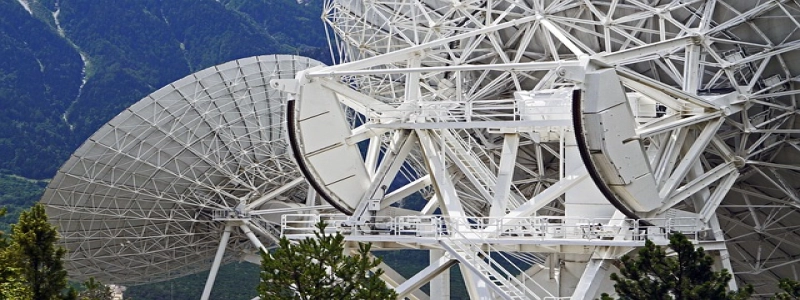Fiber Optic Cable: Single Mode vs Multimode
Introduction:
Fiber optic cables are widely used for high-speed data transmission over long distances. They consist of a core, cladding, and a protective outer jacket. Two main types of fiber optic cables are single mode and multimode. This article will provide a detailed explanation of both types and their differences.
I. Single Mode Fiber Optic Cable
A. Definition: Single mode fiber optic cables have a small core diameter (approximately 8-10 microns) and only one pathway for light transmission.
B. Advantage: Single mode cables allow for higher bandwidth and longer transmission distances due to their ability to carry light in a single mode, reducing dispersion and minimizing signal loss.
C. Application: Single mode cables are commonly used in long-distance applications such as telecommunications, cable TV, and internet connections.
II. Multimode Fiber Optic Cable
A. Definition: Multimode fiber optic cables have a larger core diameter (approximately 50 or 62.5 microns) and multiple pathways or modes for light transmission.
B. Advantage: Multimode cables can transmit more data at once due to their larger core size, making them suitable for shorter distance transmissions.
C. Application: Multimode cables are commonly used in LANs (Local Area Networks), data centers, and short-distance applications such as within buildings.
III. Differences between Single Mode and Multimode Fiber Optic Cables
A. Bandwidth and Distance: Single mode cables have a higher bandwidth and can transmit data over longer distances compared to multimode cables.
B. Speed: Single mode cables can support higher data rates, allowing for faster transmission speeds.
C. Cost: Single mode cables are generally more expensive than multimode cables due to their advanced technology and longer transmission capabilities.
D. Installation: Multimode cables are easier to install and terminate compared to single mode cables, making them more cost-effective in certain scenarios.
Conclusion:
When choosing between single mode and multimode fiber optic cables, it is essential to consider the specific application requirements. Single mode fibers are ideal for long-distance transmissions that require high bandwidth and reliable data transfer. On the other hand, multimode fibers are suitable for shorter distance applications where installation ease and cost-effectiveness are important factors. Understanding the differences between these two types of fiber optic cables enables users to select the most appropriate solution for their data transmission needs.







